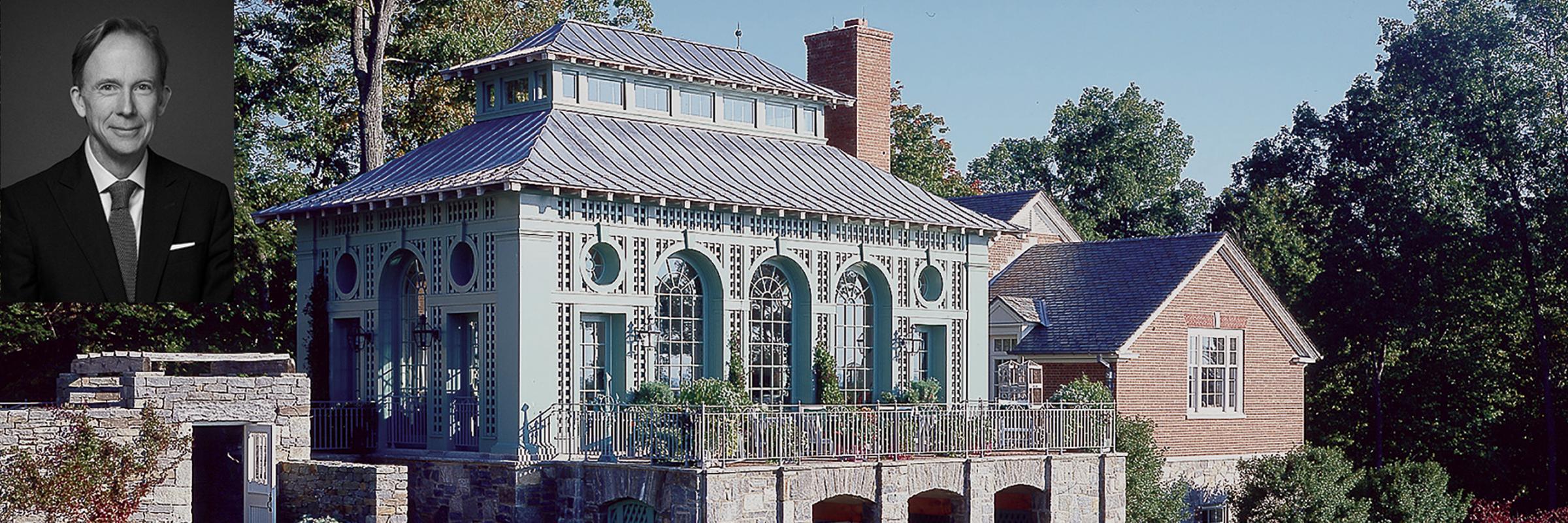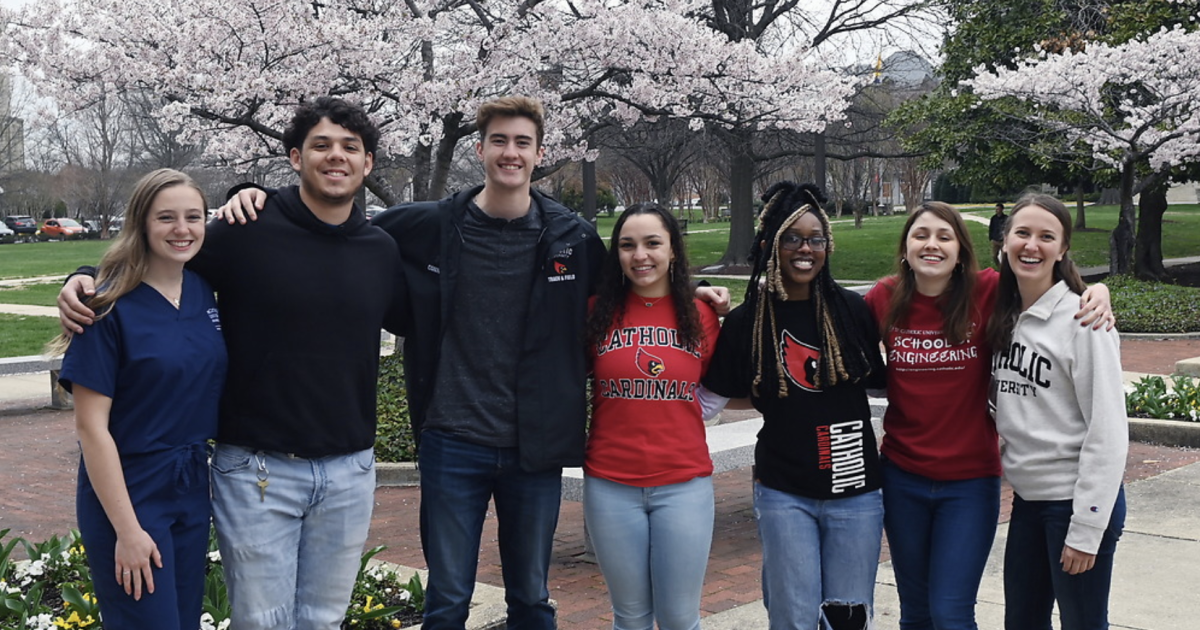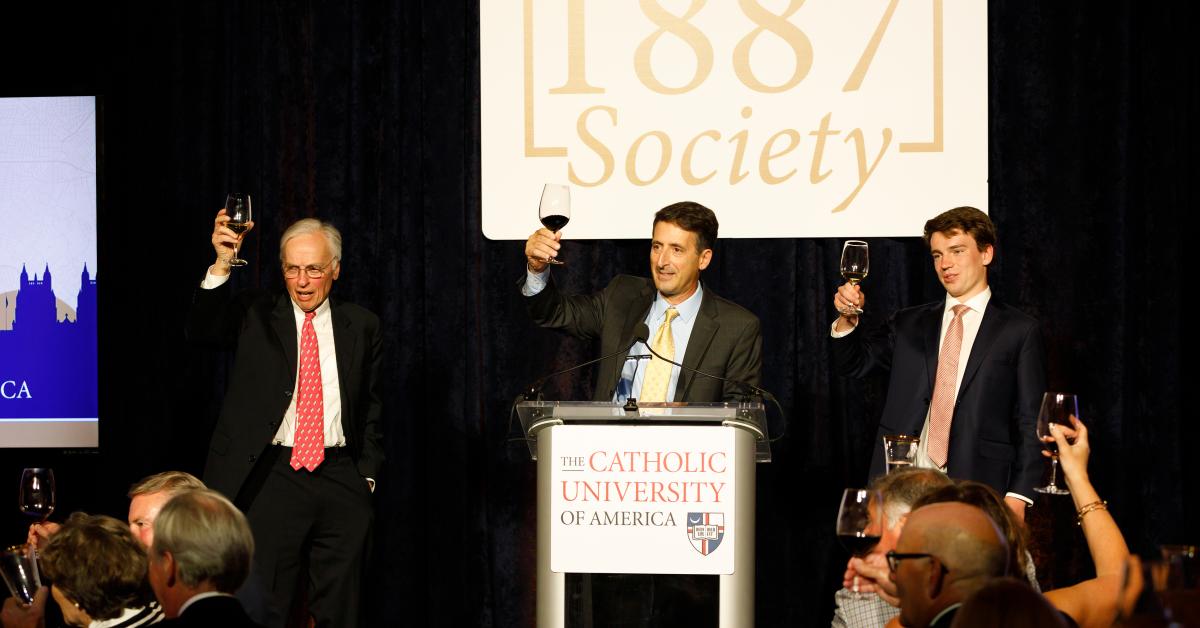We would like to introduce Mark Ferguson, dean of the School of Architecture and Planning, one of three new deans who started at Catholic University over the summer. This interview was originally conducted for the 1887 Society's monthly newsletter.
In his own words:
Mark Ferguson: My arrival at the School of Architecture and Planning comes at a moment when the school is primed for change. It seeks an ambitious goal — to integrate traditional, classical, and modern design training into one course of study. Most architectural schools tend to emphasize one or the other, and struggle to give them equal footing. The job of integrating them was one of the reasons I was attracted to the position. After years of practice, I have great respect for architects who are literate in multiple visual languages and capable of working in many different places.
The opportunity at Catholic University to break down boundaries between factions advocating for one aesthetic over another and to encourage discourse between competing points of view is very exciting. By bringing them together, the faculty and students will discover common goals and expose the principles underlying all great buildings and cities. We want to prepare future architects to ask the right questions when faced with a new building project — to help them see the world as it is and to imagine it as it could be. We want them to leave the school informed, inspired, skilled, and capable of judging what to conserve and what to innovate in the architectural heritage they inherit — to understand and appreciate the qualities of beautiful places and to have the tools to repair and extend them, or pioneer new territory when it is appropriate. In the upcoming year, we will convene a small group of experts from inside and outside the University to create a roadmap to achieve these ambitious goals.
“We want to prepare future architects to [...] see the world as it is and to imagine it as it could be.”
— Mark Ferguson
What are you most excited for as you begin your tenure with Catholic University?
MF: The deanship came at a good time in my career. It brings me full circle back to academia, after years of practice, to the place where I discovered architecture and the window onto the world it opened. My successors at the firm are on the rise, taking work away from me, and allowing me to share my time and skills with a wider audience of young architects. I've always treated practice as learning and, as the firm grew, coaching young architects became one of my essential responsibilities. My new job is a natural outgrowth of that role and it comes at a time when I can share lessons learned in practice. I began my career with a few questions and those questions have driven my career. I want future graduates to discover the questions that will drive their careers.
What does Catholic University mean to you?
MF: Catholic University is a community bound together by faith and brotherly love. It nurtures our spirits and inspires us to care for the needs and dreams of others. As architects, it compels us to imagine our physical communities as nurturing places that are harmonious, beautiful, and uplifting.
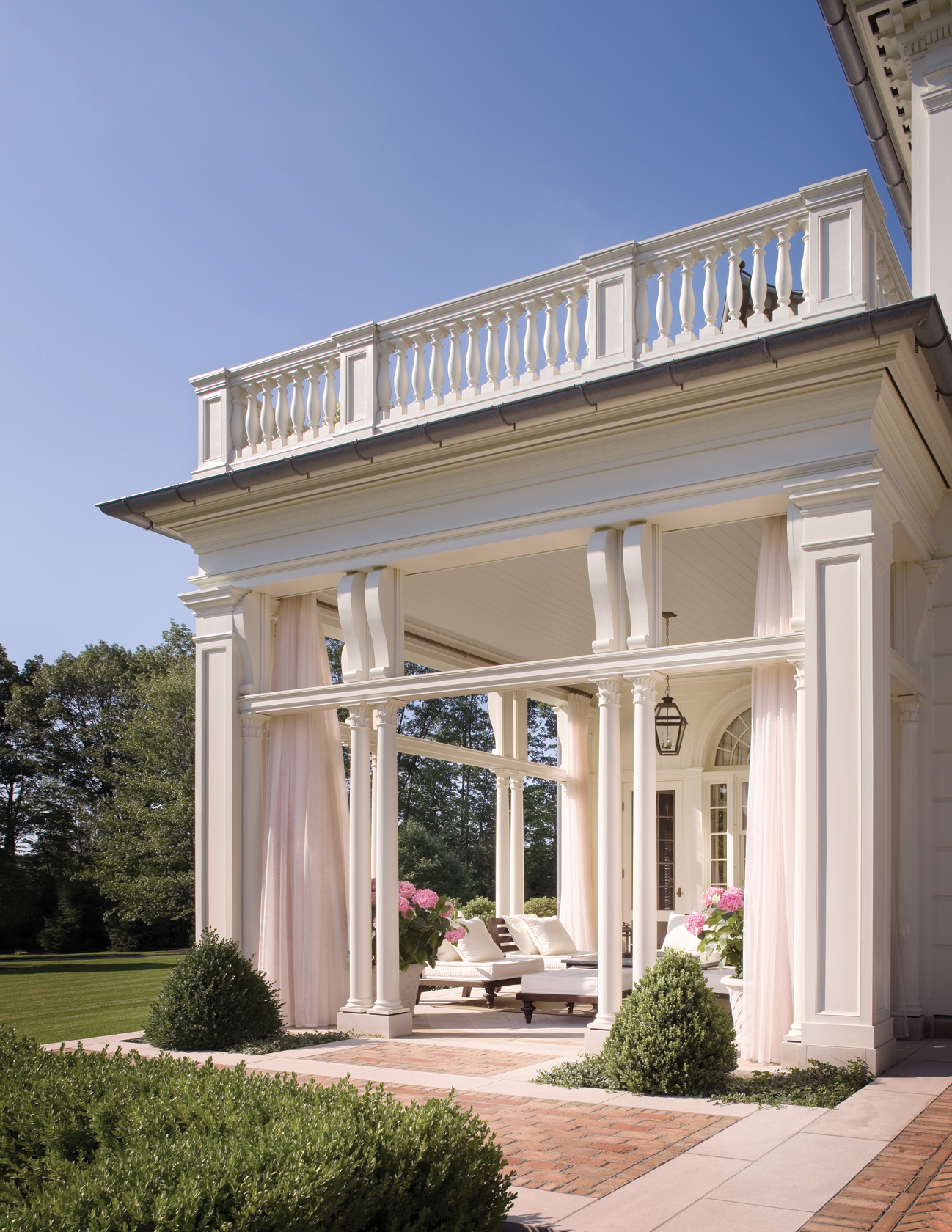
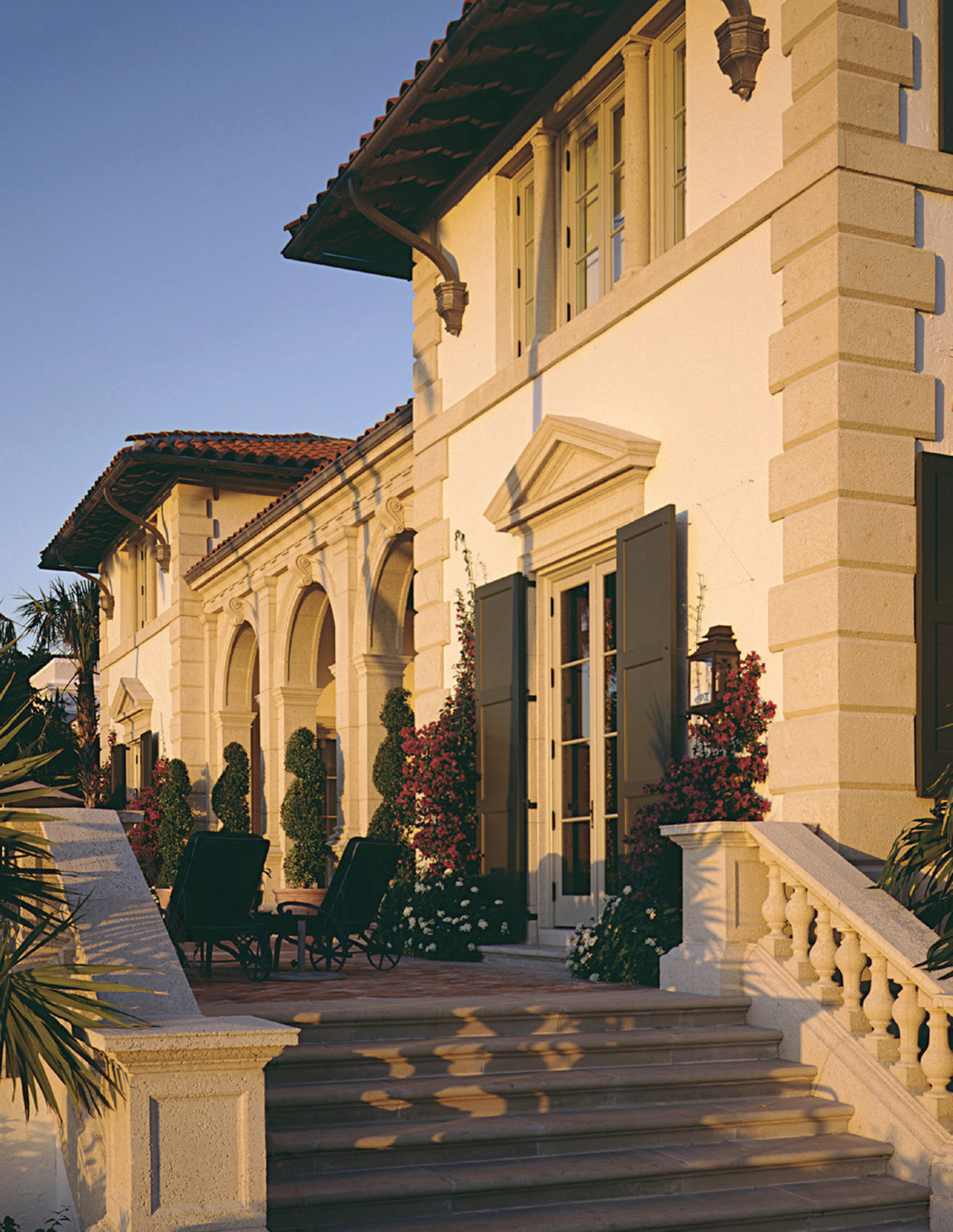
How are you planning to engage students and alumni in the mission of your school?
MF: Giving back to people who support and care about you is fundamental to the longevity of any organization or community. I want to instill this in all students, beginning on their first day. I know alumni care about the well-being of the school. I look forward to getting to know them and inviting them to visit and participate in school life with their time and money, including internships, travel grants, scholarships, and studio sponsorships. These modest contributions can make a meaningful difference in a student's growth.
“I look forward to getting to know [alumni] and inviting them to visit and participate in school life…”
— Mark Ferguson
How will you continue to answer the unfolding impacts of the COVID-19 pandemic?
MF: The pandemic forced all of us in the knowledge business into remote digital offices. No one was excluded. While it separates us, it also brings us together. On Zoom, everyone is equally accessible to everyone else (without a mask), regardless of where they are. It was our extreme good fortune that the technology was available to make it possible. I'm confident the technology will improve, as will our mastery of it, until it becomes as frictionless as a conversation in your living room. It's changed the workplace paradigm, but not the people or the work. In the meantime, we are learning the tools we need to create effective learning experiences. Not surprisingly, we've discovered ways digital platforms improve the in-person experience.
Why is support to your school's annual fund important to you? How are you planning to spend gifts directed to this fund this year?
MF: Last year, the annual fund was used for building and classroom enhancements, as well as for new equipment to improve the student experience. This included 3D printers, new woodshop machines, and new computer monitors. Currently, planning is underway for how to use our philanthropic support to have the most impact on our students. One of the important areas that we are looking to focus on is graduate student scholarships, which are vital to keeping the school competitive with our peers.
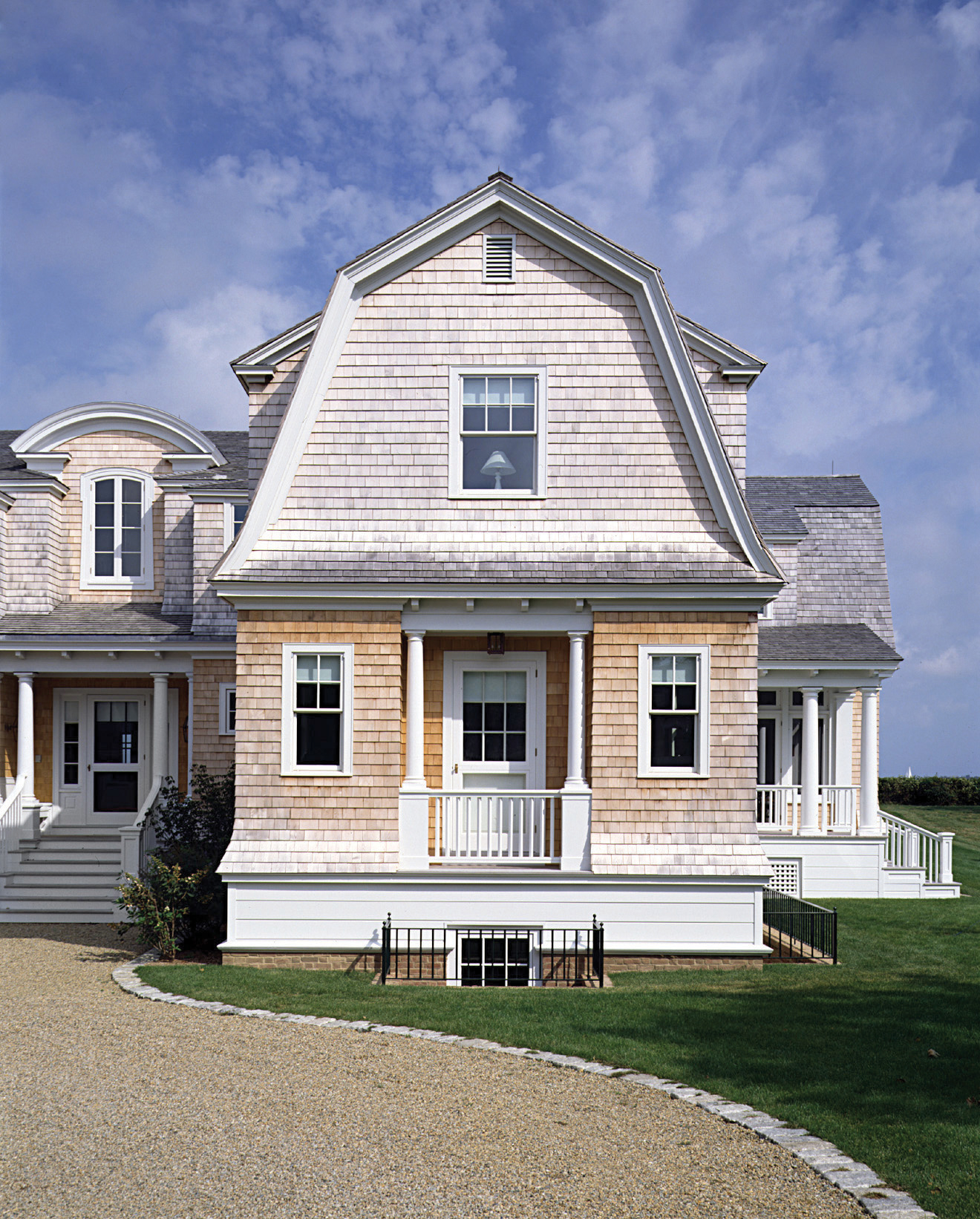
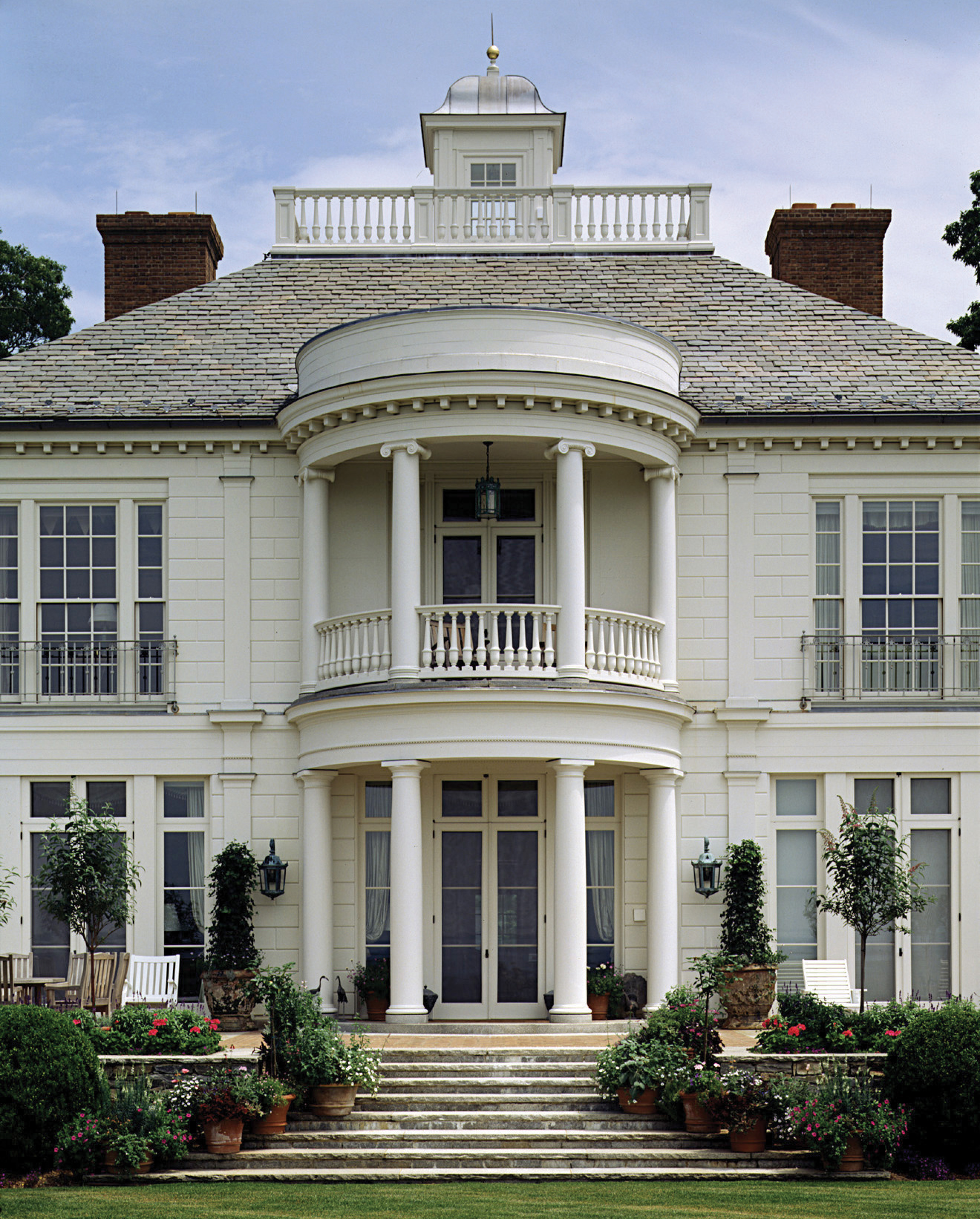
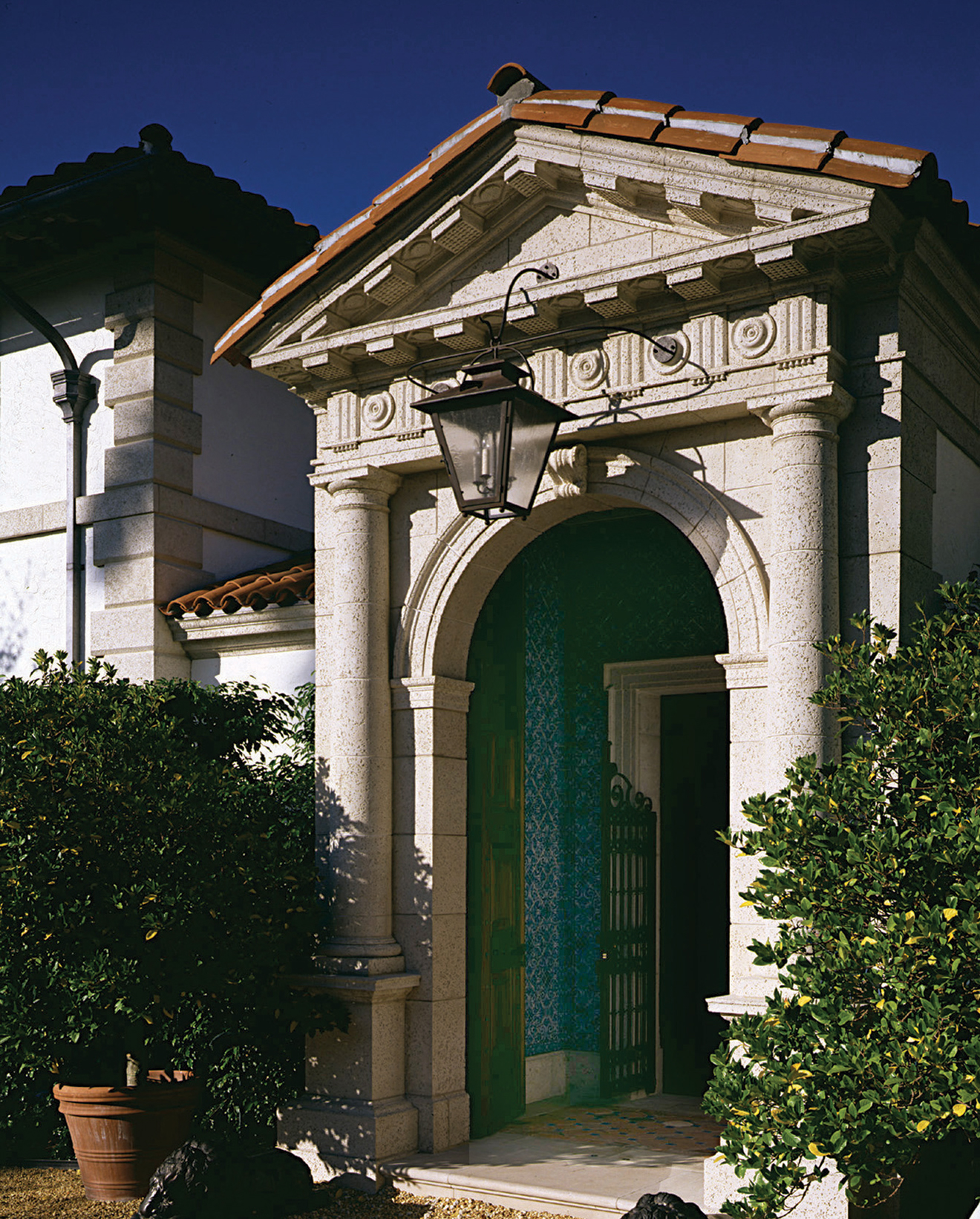 Can you tell us about architecture projects of which you are most proud?
Can you tell us about architecture projects of which you are most proud?
MF: I'm proud of all my projects. Many have a combination of client, design team, construction team, site, vision, etc. that results in beautiful portraits of a place and a client. The most interesting projects are always the ones I am currently developing. Once they are finished, we return them to their owners and turn our attention to the next project. It is the journey, not the destination, that is most rewarding for me. (Note: Dean Ferguson provided images of some of his architectural projects, which are included in this post.)
“It is the journey, not the destination, that is most rewarding for me.”
— Mark Ferguson
Who inspires you most?
MF: I am inspired by people who have the courage to stand up and advocate, often at great personal risk, for a more just society.
What is your favorite thing to do in DC?
MF: Go to work! I have been in the city since July 1, and learning my new job has been my priority. I will begin to explore the city after I get settled in the dean's office and the students are fully engaged with classes.
Do you have any hobbies or interests outside of campus?
MF: My hobbies are an extension of my work — visiting new places, looking closely at things, and reading about other people's observations and judgments about places, buildings, food, and the other things we make that express culture. I also get outside and enjoy walking, hiking, and bicycle riding.
Learn more about the appointment of Mark Ferguson as dean of the School of Architecture and Planning. Later in the fall semester, we will publicly share interviews with Jo Ann Regan, new dean of the National Catholic School of Social Service, and Thomas Smith, M.A. 1988, who has returned to campus as the new dean of the School of Arts and Sciences.
If you like content like this, please join the 1887 Society to receive monthly, in-depth newsletters like this one.
Published on: Monday, August 24, 2020
Campaign Theme: Faculty Excellence
Division:
Tags: 1887 Society


